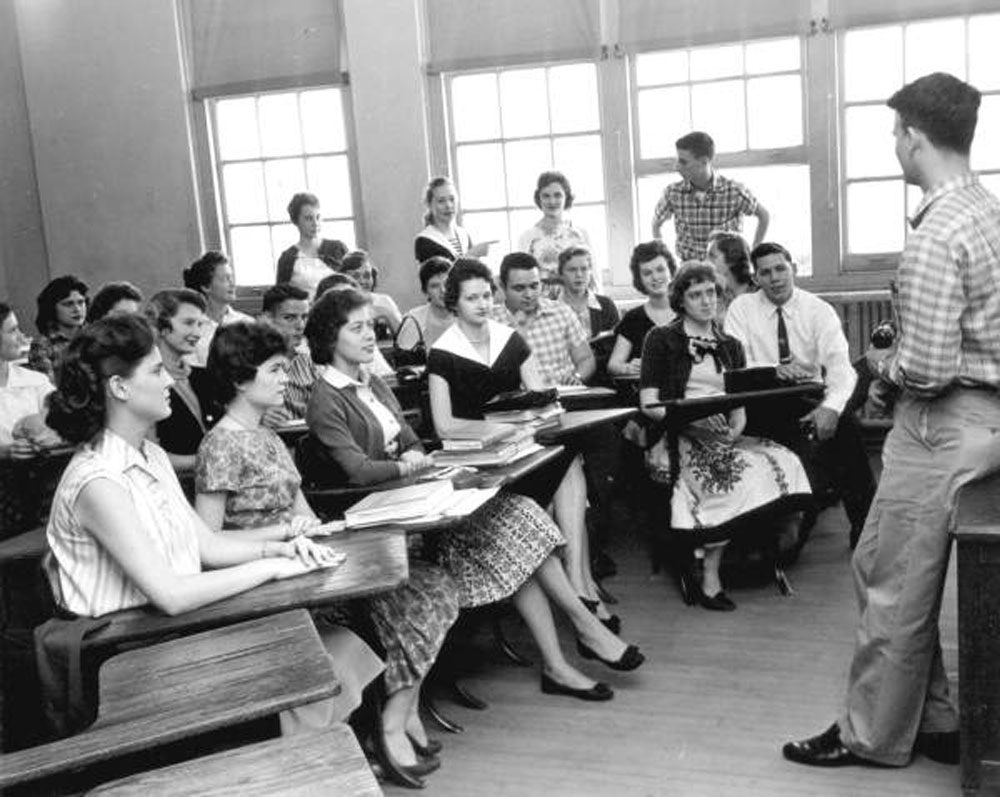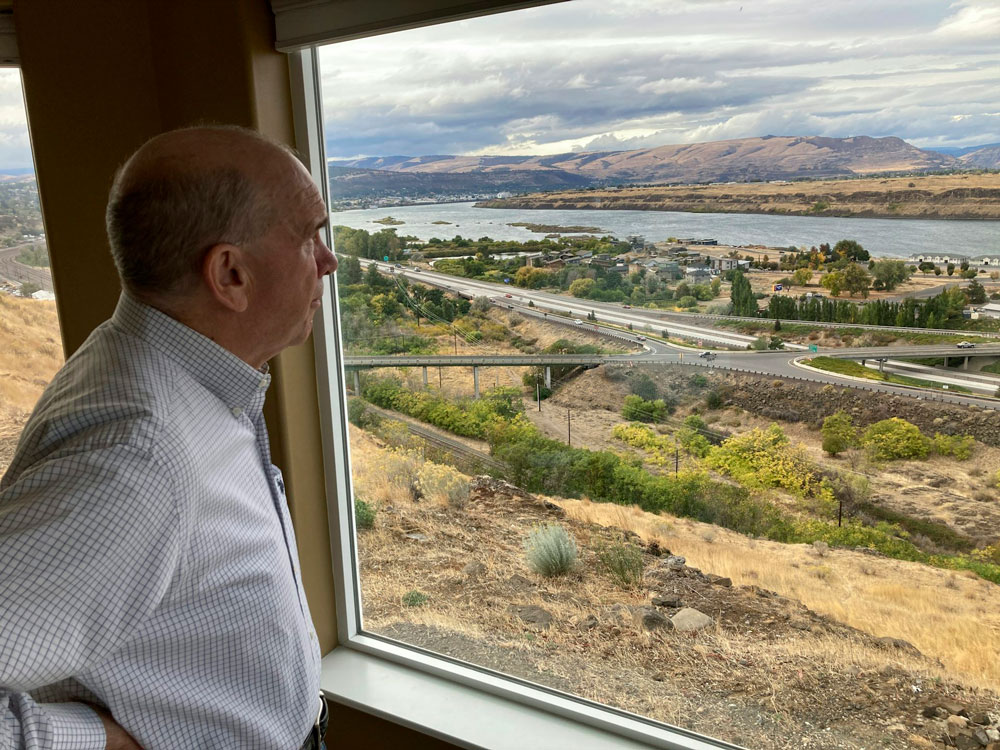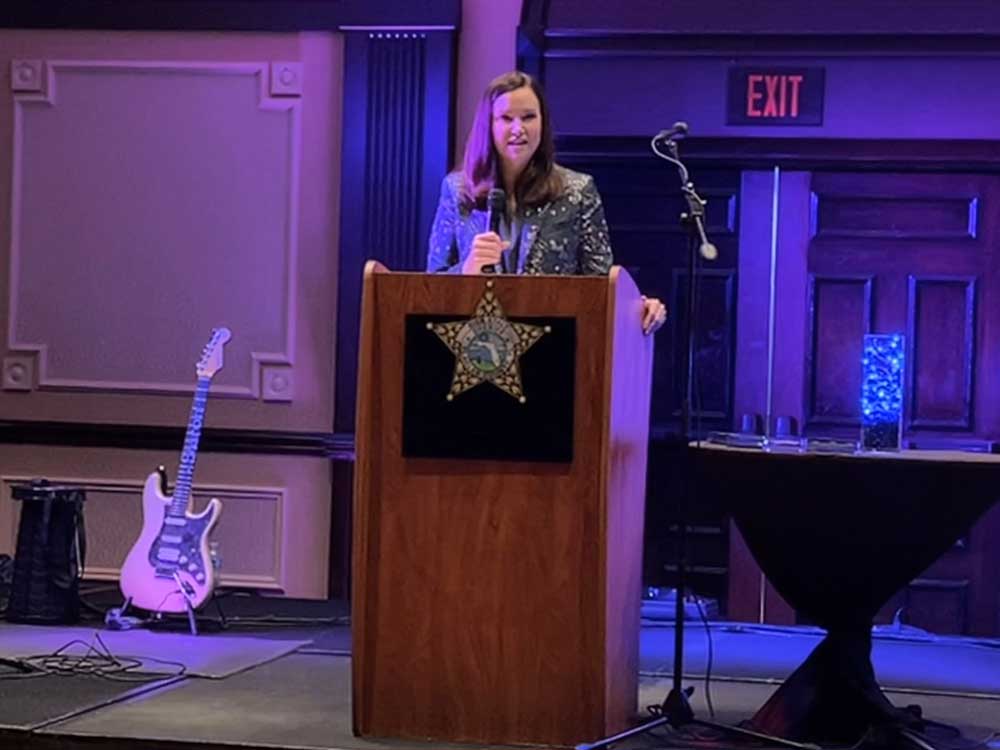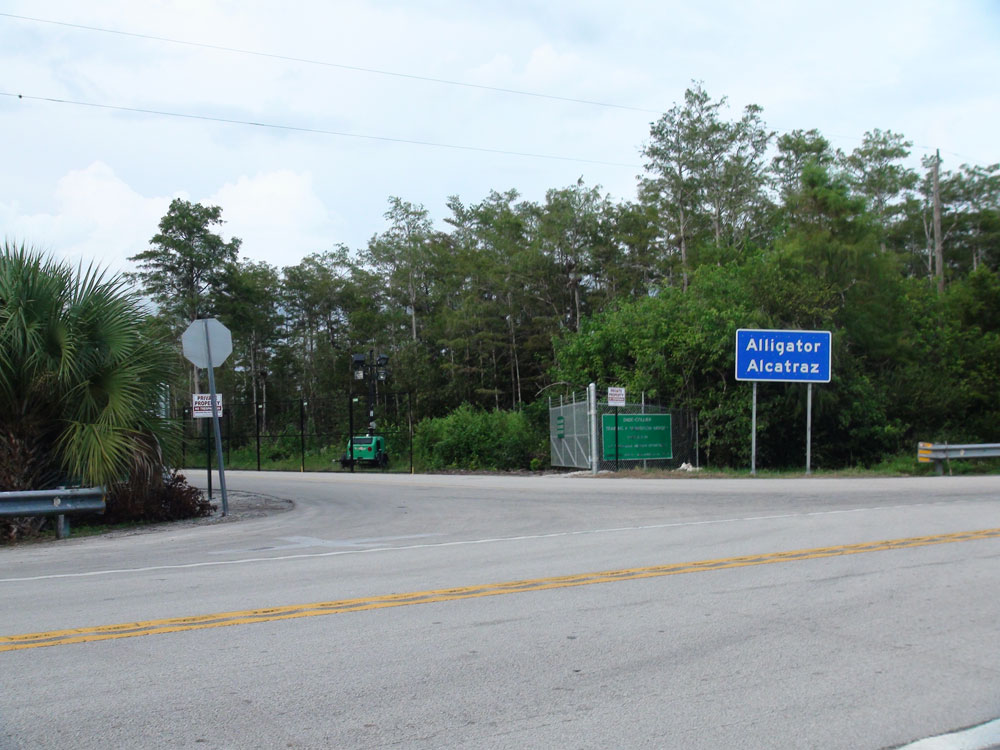When the Palm Coast City Council adopts its budget in September, it will aim to maintain a trend started in 2021 by lowering the property tax rate by at least a small amount. It does not rule out a complete tax rate rollback, which the council has only done once in the city’s history—in 2023—at a significant operational expense. Last year, the council resisted rolback.
Palm Coast’s property tax rate has decreased by 10.8% since 2021, despite a 53% rise in general fund revenue from the tax. This is primarily due to the tax revenue from new building, which has been booming since 2018. Despite this, the city has been using band-aid solutions to deal with the strain of expansion and limited funding to perform regular maintenance like paving streets or upgrades to amenities like Belle Terre Park and its aquatic center.
The current tax rate on Palm Coast is $4.1893 for every $1,000 of taxable value. This means that for every $1,000 in value, a $200,000 home with a $50,000 tax exemption would pay $4.1893 (or 4.1893 mills), or $628. That only includes city taxes. Additionally, the house would pay taxes to the school board, the county, and a few other, much smaller organizations.
According to current figures, revenue would still have increased by 63 percent since 2021 even if the tax rate were lowered by an additional tenth of a mill, making it 13 percent lower.
At a workshop on Tuesday following one of several budget presentations, City Council member Theresa Pontieri stated, “I would like to see what our budget would look like with a 10th of a rollback, at least.” Before holding public hearings in September to determine the final tax rate, the council is anticipated to establish a maximum tax rate for the upcoming year. It may set a rate below the maximum rate, but it cannot set a rate higher than the one at the hearings once it has established the preliminary tax rate, sometimes known as the trim rate (a misnomer for truth in millage).
Just over $1 million in revenue is equal to a tenth of a mill cut. Therefore, it would earn $43.8 million, or $3.7 million more than this year, provided the present tax rate stays the same the next year. It would produce $42.79 million if it were reduced by a tenth of a mill.
“I am aware that we have some significant projects, such as the YMCA, that the community desires,” Pontieri stated. To assist in the construction of the 16 million dollar, 44,000 square foot facility and swimming pool, the YMCA board is requesting a $3 million donation from the city. Town Center is the intended location. Such expenses would have to be covered by general fund income, possibly through impact fees. We would have to get them from somewhere, at least temporarily, as we don’t currently have them in there.
While homeowners who contact local governments sometimes propagate the misconception that their taxes have increased, most homesteaders have not seen a change in their bills as a result of property tax decreases. This could be the case for non-homesteaded properties as well as for individuals who move into the state and find that their tax cost for a previously homesteaded home has drastically changed.
However, property taxes have remained unchanged for years for the vast majority of people, especially when other local governments’ tax rates are taken into account. This is because any local increase has been tempered by the school tax rate’s steady drop over the last 15 years. All things considered, after accounting for inflation, the average property owner now pays around 30% less in property taxes than they did ten years ago. Therefore, lowering property taxes has typically had a more negative impact on governments’ capacity to function than a positive one on the financial situation of property owners.
The budget for Palm Coast is $422 million. Of that, only around $40 million comes from property taxes, which are paid into the general budget, which has a total value of 61 million. The city uses that revenue to pay for the Palm Harbor Golf Course, code enforcement, parks, roadways, police, fire, and government operations (some council members make more than others).
Development impact fees and autonomous operations such as the city’s water and sewer utility (which makes up $155 million of the city’s budget), stormwater, waste, and building funds, among others, make up the majority of the remaining portion of the city’s budget. Neither the property tax rate nor property taxes have an impact on any of those.
Local government revenue has been driven by both new building and increased property values. The property appraiser predicts that taxable values would rise by 9.29 percent this year. This does not imply that property owners will pay 9.29 percent more in taxes. According to the legislation, if tax rates remain the same, homesteaded property owners’ property tax bills cannot rise by more than 3 percent (or the rate of inflation, whichever is less) in a single year.
Existing homes’ taxable value growth is less than that of new development, which accounts for 5.27 percent of Palm Coast’s 9.29 percent increase. The city’s revenue would grow by $3.7 million to $43 million at the existing tax rate. New construction is responsible for $2.1 million of that total.
The $2.1 million discrepancy between the amount attributed to new construction and the remaining increase is significant because it is not included in the estimates of tax increases.
According to Florida law, a local government’s tax rate is constant from year to year, but its revenue rises, this is seen as a tax increase. (It is the law, even though it is illogical and incorrect in a number of ways.) The government must implement the so-called rolled-back tax rate, which would yield the same amount of revenue year, in order for it to avoid a tax rise.
Since the tax money from the new construction this year is net growth and not included in the present tax base, it is not included in any of those computations. Since the windfall would persist even if a government adopted the rolled back rate, local officials frequently refer to new development revenue as “free money.” Therefore, there would still be an extra $2.1 million in the general fund budget if the council were to implement a tax rate that would bring in the same $40.1 million in income as the existing rate did this year.







